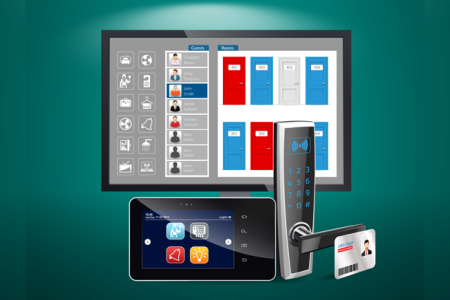Access Control Market – an open door for new security technology
Tim Compston, Features Editor of SecurityNewsDesk, investigates the state-of-play of the access control market.
Times are certainly changing where access control is concerned. For one thing a new generation of systems is redefining the way we interact with readers at the door. The application of a wider range of biometric technologies which are, crucially, faster and more accurate, and in some cases even three-dimensional, is also shaking up the market. Added to this there is certainly a greater appreciation of the need for access control solutions to blend into their environment and, crucially, to have the ability to add value by integrating, seamlessly, with other security and building management elements.
Taking a more detailed look at the economics of access control in EMEA, in a country level analysis issued by IHS, Blake Kozak, Principal Analyst, Access Control and Fire, says that the ‘countries where the market for access control equipment is mature (i.e. the United Kingdom, Germany and France) experienced only minor volatility in 2015.’ According to Kozak the combined compound annual growth rate (CAGR) forecast for 2014 through to 2019 for these countries plus Russia ‘shifted only slightly’ up to 5.4 percent from 5.3 percent. Shining a light on where the most change is happening geographically, Kozak notes that the CAGR forecast for France between 2015 and 2019 rose from 3.9 percent to 5.0 percent while that for Russia dropped dramatically from 2.6 percent to only 0.3 percent. He adds that the French market is ‘relatively untapped’ compared to the UK and Germany and expects suppliers to continue to target the market, especially with electronic locks. Kozak also feels that the recent terrorist attacks are going to make securing public places a priority.
On trend
 Reflecting on the direction of travel of the access control market, John Davies, Managing Director at TDSi, picks out a number of major trends that are gathering pace, with wireless locks very much to the fore here: “Customers are wanting to add wireless doors to their overall access control solution and that has driven us to integrate our systems to ASSA ABLOY’s Aperio wireless locking systems and Simons Voss’s SmartIntego. We have projects in the UK and across some export markets already installed with both those solutions.”
Reflecting on the direction of travel of the access control market, John Davies, Managing Director at TDSi, picks out a number of major trends that are gathering pace, with wireless locks very much to the fore here: “Customers are wanting to add wireless doors to their overall access control solution and that has driven us to integrate our systems to ASSA ABLOY’s Aperio wireless locking systems and Simons Voss’s SmartIntego. We have projects in the UK and across some export markets already installed with both those solutions.”
Davies adds that TDSi is finding that wireless is now being adopted on doors that would not traditionally have been thought of as coming under the remit of an access control system: “Previously it would have been too expensive to put a wired door in there,” reflects Davies. He also points out that wireless locks are finding their way into more specialised applications: “We are seeing more uptake from the datacentres world, through ASSA ABLOY, in a lock called the KS100 which is a wireless lock that goes onto a server rack cabinet. This is particularly true for datacentres collecting data from a dozen different companies, for example.” Davies goes on to explain that one of the drivers here is a requirement, under Sourbanes-Oxley legislation, to have a detailed audit trail of who actually gets access to these server cabinets: “The way it was done before was by logging keys and keeping paper records but all that has now gone wireless and gone electronic,” concludes Davies.
Moving on to another trend which Davies and his colleagues at TDSi have noticed over the past year, he says there is ‘an awful lot less proximity and a lot more MIFARE’: “It is not MIFARE Classic, it is MIFARE Plus or DESfire,” clarifies Davies. He attributes this change of track to people wanting smarter and more secure credentials: “We have been responding to that and also looking at multiple technologies, either in the card or the readers, so organisations might have proximity and MIFARE cards. They don’t want to go to the expense of changing all the cards out but will change the readers and the reader-heads to read both technologies. It is a much more effective way of making sure that they can migrate from one technology to another,” says Davies.
With smartphones becoming an all pervasive feature of our daily lives, Davies confirms that people are, increasingly, thinking about adopting NFC (Near Field Communication) technology for their access control: “It is moving to building that technology – and Bluetooth Low Energy – as part of the early stage of migration from using cards as a credential to get through to a door to actually using your phone.” He admits that – despite the potential for NFC and Bluetooth Low Energy access control solutions – there are still more enquiries than actual sales at the moment but, looking ahead, he is confident that sales will ultimately follow.
When I ask Davies about where the rise of the cloud fits into the access control mix, he tells me that the cloud is certainly starting to make its mark in the guise of things like ‘access control as a service’. He feels that what is holding back the cloud, to some extent is that when people talk about the cloud the concept can appear a bit ‘woolly’. To bring things down to earth Davies suggests that it is best to think of it is as just ‘stuff on a server in a server farm remote from your organisation’: “It is ‘off-premises computing’.” He also offers a hint of things to come for TDSi: “Our new software platform we are launching this year – GARDiS – is cloud-based. Of course we do remote applications now through the web interface into EXgarde but the whole GARDiS platform is brand new.” To round things off, Davies reveals that TDSi will also be bringing to market a new range of controllers which will be ONVIF Profile A and ONVIF Profile C compliant.
Opening the door to standards
In terms of the path being taken in the access control standards arena, ONVIF – the global standardisation initiative for IP-based physical security products – has been very active here over the past few years. Last October, for instance, following on from Profile C, it announced the ‘Release Candidate’ for Profile A. This is a draft specification to establish an interface for access control clients and, according to ONVIF, expand the configuration options for ONVIF conformant access control systems. ONVIF says that Profile A is designed to encompass the tasks of common day-to-day access control functions for users who ‘grant and revoke employee credentials, create schedules, and make changes to access control privileges within the system’.
Adding value
Catching up with Rafael Schrijvers, Product Marketing Manager for Access Control, EMEA, Tyco Security Products, for his take on where the access control market is heading, one of the first elements that he flags-up is the fact that people are looking to see how they can take the benefit of access control not only on the security side but for a return on investment: “I think that integration plays a very important role. In access control you know a lot about the building, the behaviour of people in the building, how many doors are open, and the frequency in which areas. With this information users want to know what they can do to have savings, in general, on the uses of the building. The solutions that we are proposing at the moment are certainly more and more in that direction.”
Paxton integration
Keeping on the adding value theme, integration was at the heart of an announcement last month by Paxton – a UK market leader in electronic IP access control and door entry solutions – confirming that its networked access control system, Net2, has been integrated with Hikvision’s video surveillance products.
Videx for Leeds
In other developments, Videx recently confirmed that it has been chosen to provide an audio door entry system – the VX2200 – complete with a concierge facility, to a significant new residential development for students attending the University of Leeds. The large-scale development consists of 525 bedrooms across four main blocks and it was vital that each apartment had secure door entry as the safety of the students was paramount.
Steve Natton, Projects Manager at Videx, said: “Installing a secure but user friendly door entry system presented a number of challenges both from a logistical and operational point of view. The development required a total of 15 digital style entrance panels and 525 audio phones along with a desktop concierge phone located in the reception area which had to have full communication to each student bedroom.”
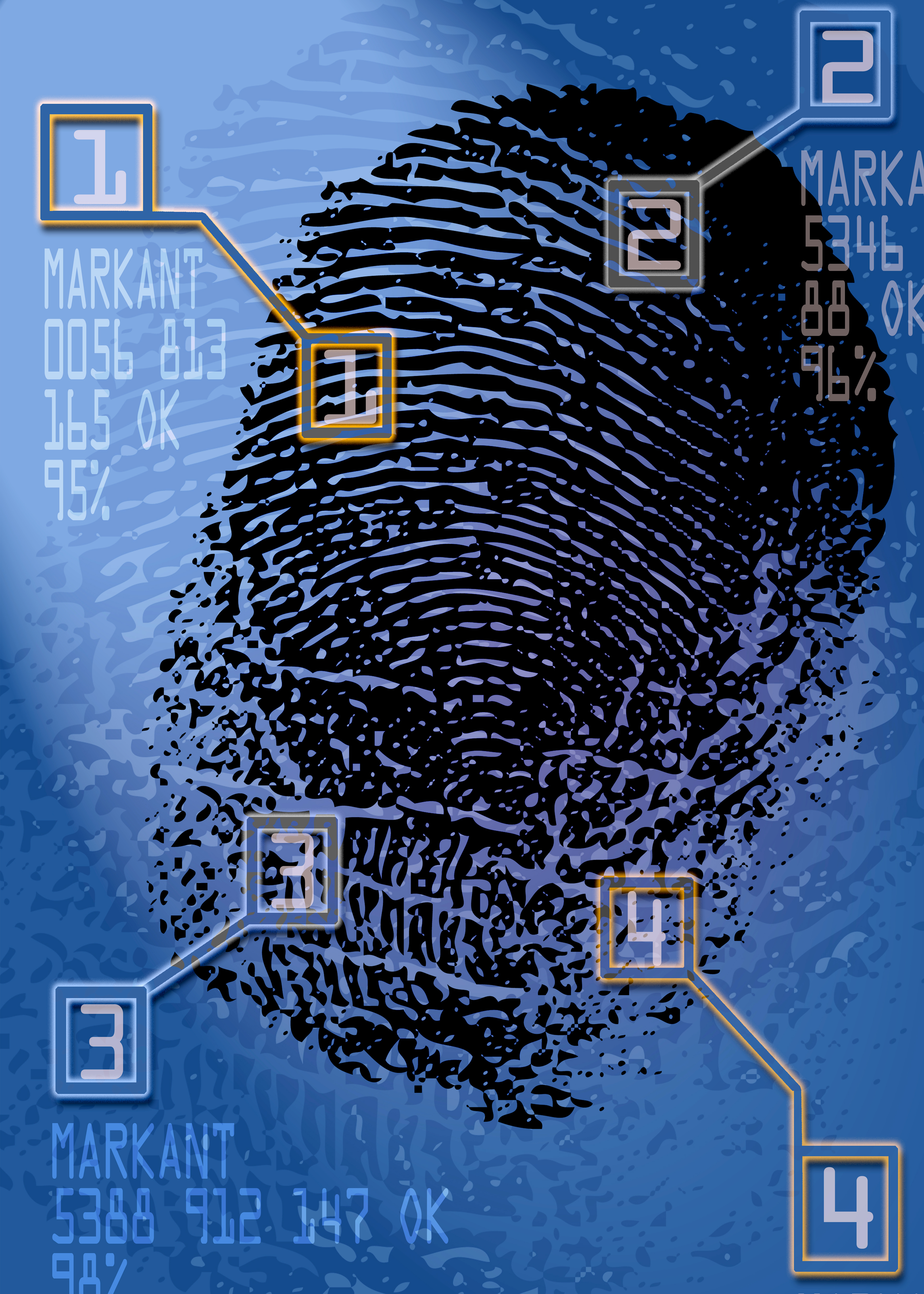 Building in biometrics
Building in biometrics
Returning to the thoughts of Rafael Schrijvers from Tyco Security Products, one aspect of access control where the nature of access control is shifting, according to Schrijvers, relates to the application of biometrics: “Whereas in the past biometrics was part of an enhanced security requirement – a dual identification for higher end security – now it has just become a convenient part of access control. More and more customers want access control where they can walk in the door without touching anything, without presenting a card or that kind of identification, so biometrics is trending in the direction of iris recognition.” Schrijvers believes that the second generation of iris recognition is ‘easier to use and works better’. He goes on to say that facial recognition – which was very expensive in the past and didn’t work very fast – is alongside other biometrics, going in a good direction: “The speed and accuracy of all of these metrics is much better and we see customers taking advantage of them.”
Schrijvers reiterates that it can be problematic, with bottlenecks developing, if there are a lot of people in the morning having to touch something for biometrics, such as a fingerprint reader. When questioned about product developments, he says that Tyco Security Products has responded to the ‘touching’ dilemma by integrating the Stone Lock Pro Biometric Facial Recognition reader which, Schrijvers explains, is an extremely fast and accurate infrared biometric facial recognition device with its C•CURE 9000 security and event management solution (v 2.20 and higher). The Stone Lock Pro is targeted at applications that require instant, easy, and reliable identity confirmation, and is a modular unit with a built-in keypad and HID iCLASS® SE reader which is, apparently, able to scan and plot more than 2,000 facial points in less than a second: “The facial recognition reader is a very important part of what we have brought into the market,” he concludes.
Deep learning
A company that is definitely on a mission to shake-up the world of access control is UK-based facial recognition pioneer Aurora. The aptly-named FaceSentinel – which was on show at the recent Security & Counter Terror Expo in London – is positioned as the world’s ‘first’ biometric access control authentication product powered by ‘Deep Learning’. Designed for integration with existing access control systems, the beauty of this game-changing facial recognition system, according to the developers at Aurora, is the way it brings together a powerful mix of AI (Artificial Intelligence) and infrared light to offer unparalleled facial recognition speed, accuracy, and reliability.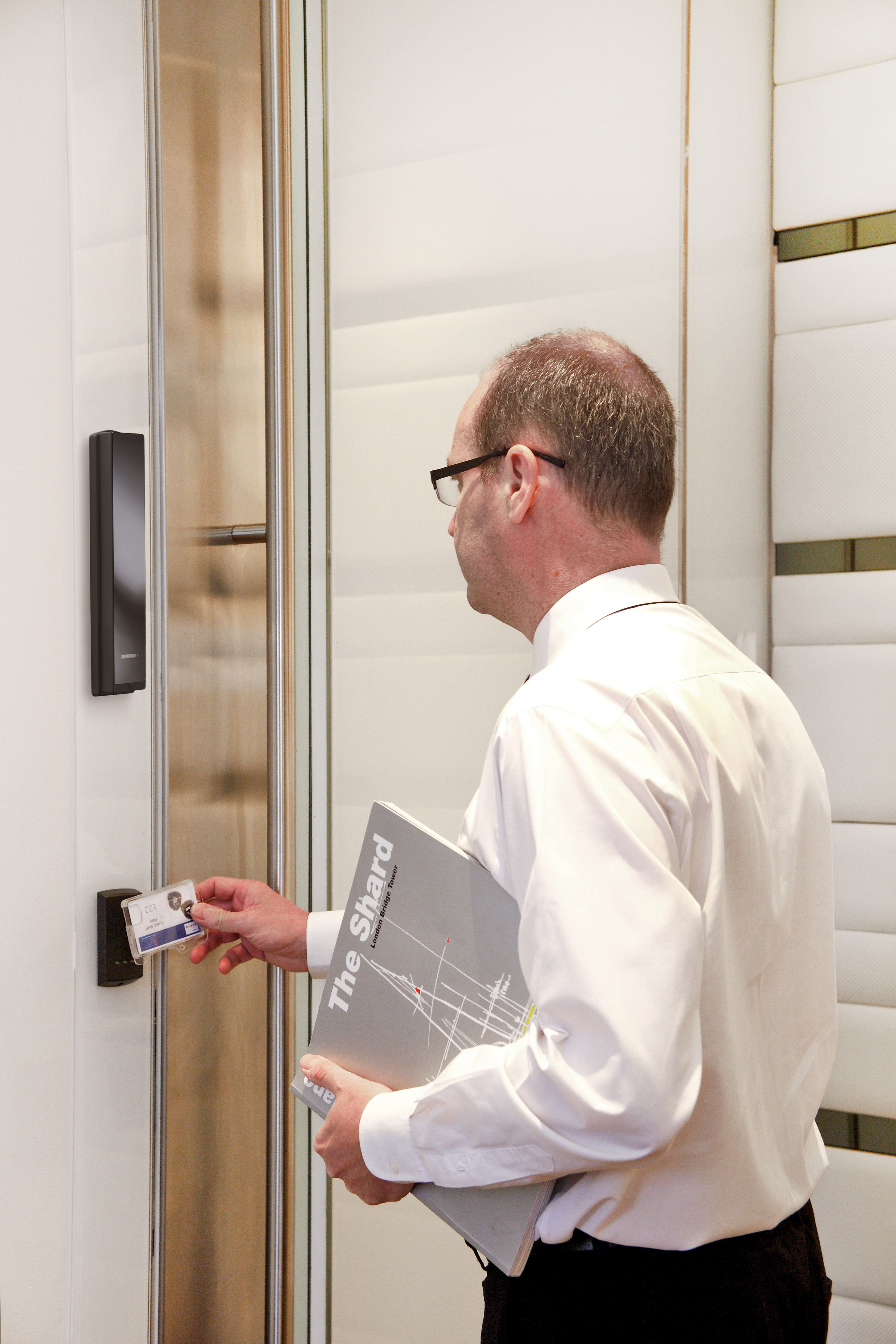
Dr Tom Heseltine, Aurora’s Head of Research, likens the extent of FaceSentinel’s artificial neural network to that of a bee’s brain. This is an impressive feat when you consider that a bee can call on 900,000 neurons to help it navigate successfully around its environment. So what is ‘Deep Learning’? According to Aurora, ‘Deep Learning’ works by creating a ‘blank’ brain: an artificial neural network which is then trained to recognise faces by presenting it with millions of face examples. The benefit here – suggests Aurora – is that it is more experienced, faster, and more accurate at the facial recognition task than a human or any existing technology.
A blueprint for security
Another vendor with its finger firmly on the pulse of biometrics for access control is Swiss manufacturer TBS(Touchless Biometric Systems) with what is claimed to be a more accurate and hygienic solution. When I spoke to the company’s CEO, Alex Zarrabi, he told me that the beauty of the 3D touchless finger scanning technology is the way it captures the highest possible quantity of fingerprint details: “Instead of a small central fingerprint with 2D, 3D takes a large scan of the finger.”
To put some numbers on this, Zarrabi’s colleague Philippe Niederhauser, TBS’ Head of Sales & Marketing, reports that 3D actually gathers about five times more information – thanks to its multiple sensors – compared to the more traditional 2D optical approach. The upshot of ramping up the volume of data gathered is, according to Niederhauser, that it is better able to cope with people having ‘bad’ fingerprints, dust on their fingers, or wet fingers. Considering the vertical markets where this ‘added dimension’ to biometrics is gaining traction, Philippe Niederhauser from TBS, points out that an ideal application is for data centres where, given the value of what is stored, security remains high on the agenda.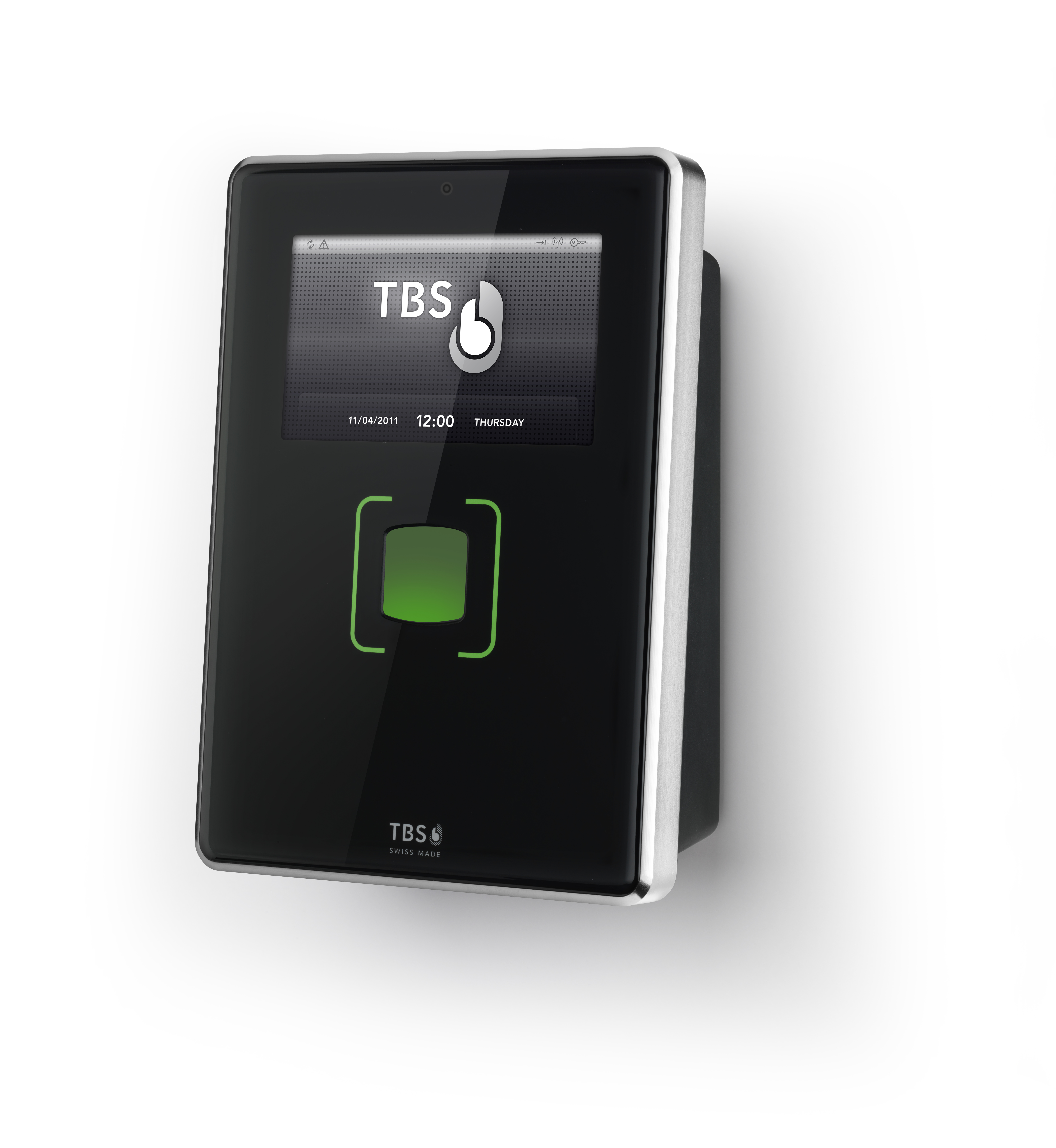
Talking terminals
 Speaking to Philip Verner, Regional Sales Director, EMEA for CEM Systems – part of the Security Products business unit of Tyco – on the side lines of Intersec 2016 – he tells me that Tyco Security Products is at the forefront of efforts to make access control even smarter using the CEM Systems product range. Part of this strategy, he says, is focused on expanding the footprint of multi-functional touch-screen access control terminals. In Verner’s view the advantage of these terminals – as exemplified by CEM Systems’ emerald – which take their inspiration from the consumer world of smartphones and tablet devices, is the capabilities they offer far beyond traditional security and access control functions.
Speaking to Philip Verner, Regional Sales Director, EMEA for CEM Systems – part of the Security Products business unit of Tyco – on the side lines of Intersec 2016 – he tells me that Tyco Security Products is at the forefront of efforts to make access control even smarter using the CEM Systems product range. Part of this strategy, he says, is focused on expanding the footprint of multi-functional touch-screen access control terminals. In Verner’s view the advantage of these terminals – as exemplified by CEM Systems’ emerald – which take their inspiration from the consumer world of smartphones and tablet devices, is the capabilities they offer far beyond traditional security and access control functions.
Verner confirms that the user-friendly touchscreen emerald – which works with the AC2000 suite of access control and security management systems – has proved to be a big hit for applications including universities, hospitals and airports. In fact within the last year, Verner reveals, CEM Systems has been able to seal a record order – from an undisclosed customer – for thousands of units in the Middle East, with more hopefully in the pipeline:
“We have had tremendous interest in emerald since it was first launched back in 2012. Our ‘next generation’ device has really taken what we previously called an intelligent reader to another level. Emerald is of course still an intelligent reader and controller in one but we have added things like Voice over IP (VoIP) audio intercom functionality, an LCD touchscreen – something new to the industry – and what we call ‘web-based apps’ or ‘remote applications’ that can access system functionality directly at the door.”
Aesthetics in action
Given that turnstiles are one of the first things that visitors encounter in the foyers of the latest office developments there is, not surprisingly, pressure to ensure that, as well as controlling access, they are able to blend into their surroundings. Tony Smith, Marketing Manager at IDL (Integrated Design Ltd), is well placed to speak on the subject of the competing aesthetic and operational demands placed on turnstiles, given that the company’s Fastlane solutions have been installed in the foyers of some of the most prestigious buildings worldwide, from the offices of technology giants to the headquarters of major banks and blue chip companies.
Smith says that although aesthetics has always been an important consideration, there has been a marked upsurge in the appetite for eye catching, customer-specific, designs: “Some of the larger and more interesting jobs we see now are actually being specified by the project architect. They are, effectively, putting themselves in the position of a turnstile designer as well as foyer and building designer. They really want the turnstiles to be an integral part of the corporate foyer and so they don’t, necessarily, feel that off-the-shelf products fit the bill.”
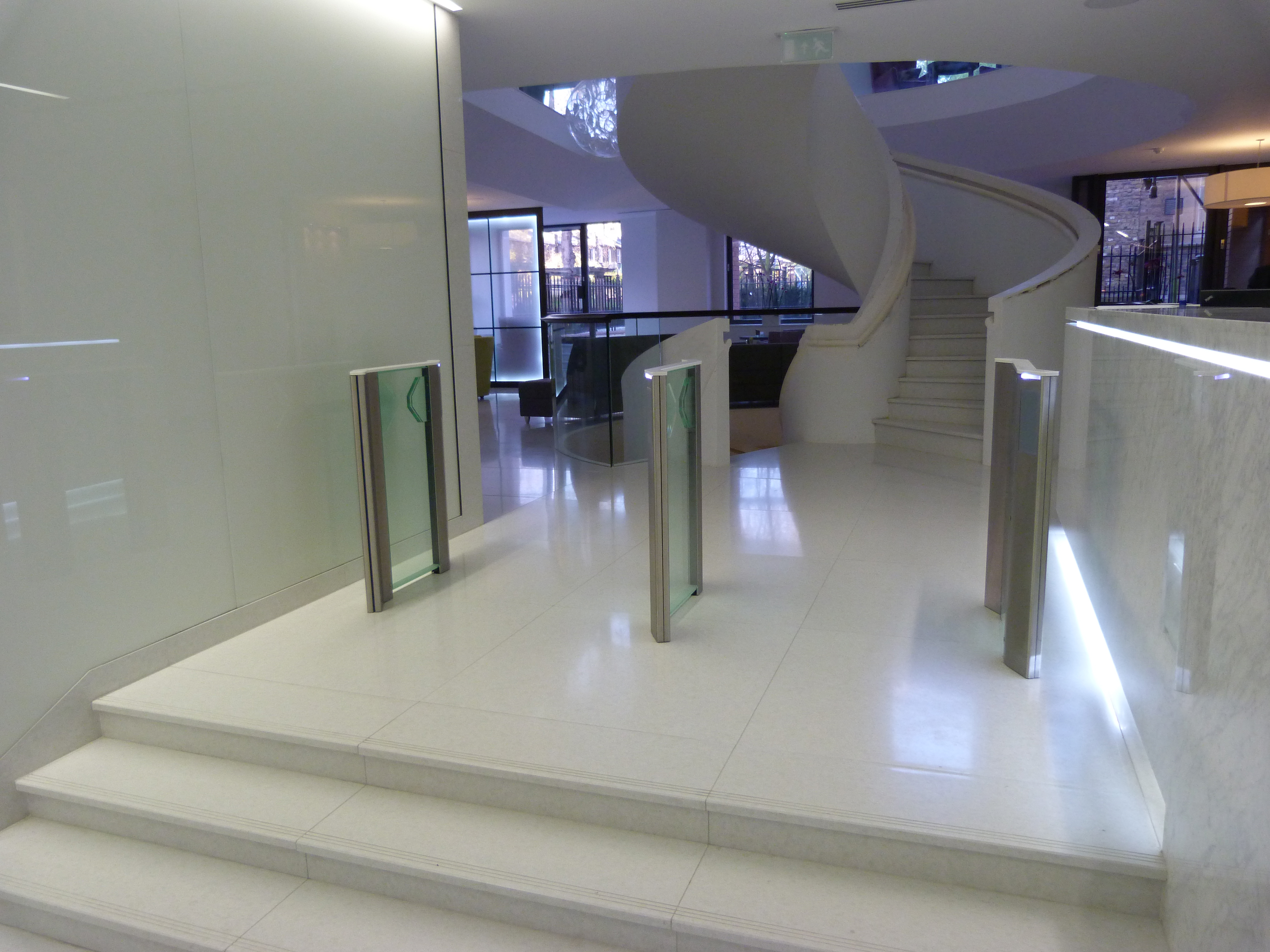
Regarding specific projects, Smith is particularly enthusiastic about ongoing work at the World Trade Towers in New York: “We have done five of the seven now with our products and each was bespoke to the architect’s wishes. It was not only different materials but they wanted to change the whole look of the turnstiles at the end, the length of the turnstiles, and have custom illuminated glass tops. They are mostly based on the Fastlane Plus, our barrier arm product.”
Accelerating access
So what does the future hold for access control? Well there is little doubt that biometrics is on the rise and solutions which tie-in with the devices we all have to hand like smartphones are likely to become more common-place. Underlining the way things are developing, it was interesting to hear this month about the collaboration between NXP Semiconductors and HID Global. This will see the HID Global Seos credential technology embedded in NXP’s SmartMX-based secure element devices. According to the reports the plan is to enable the use of wearable devices to open electronic locks at commercial buildings, hotels and workplaces.
[su_button url=”https://www.securitynewsdesk.com/newspaper/” target=”blank” style=”flat” background=”#df2027″ color=”#ffffff” size=”10″ radius=”0″ icon=”icon: arrow-circle-right”]For more stories like this click here for the SecurityNewsDesk Newspaper[/su_button]






